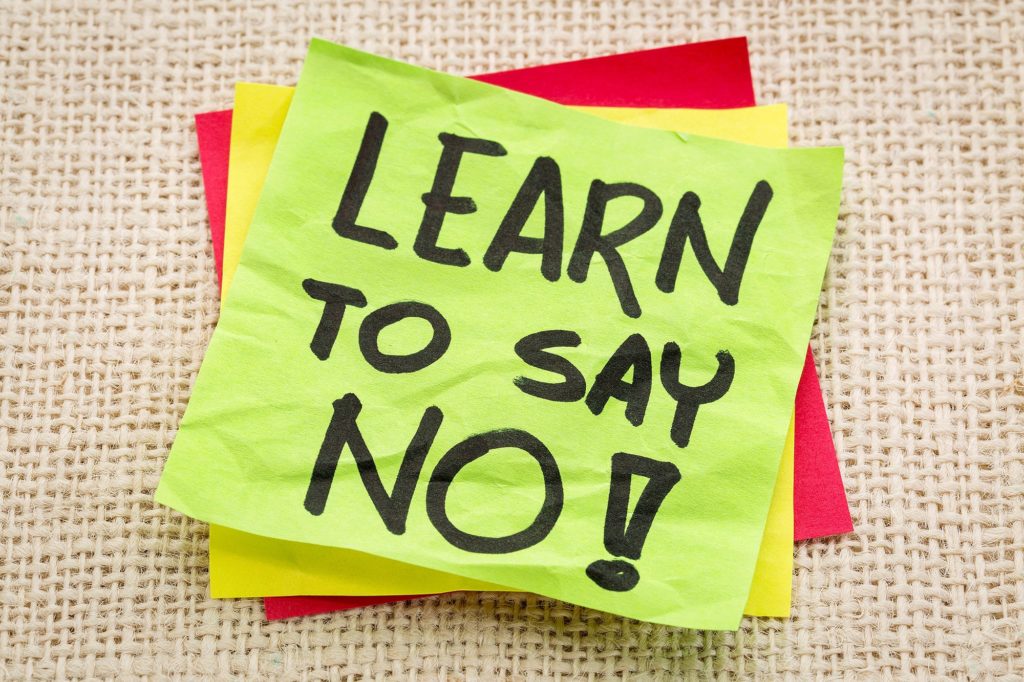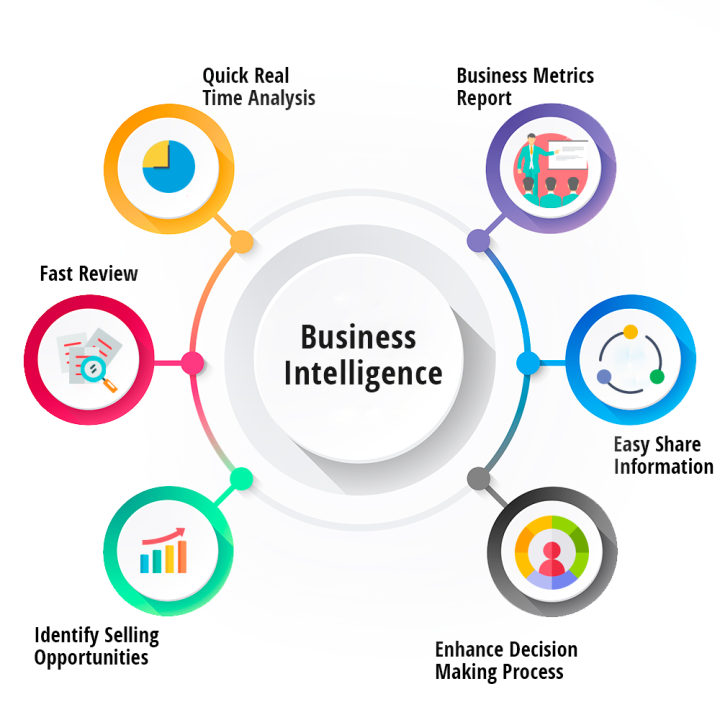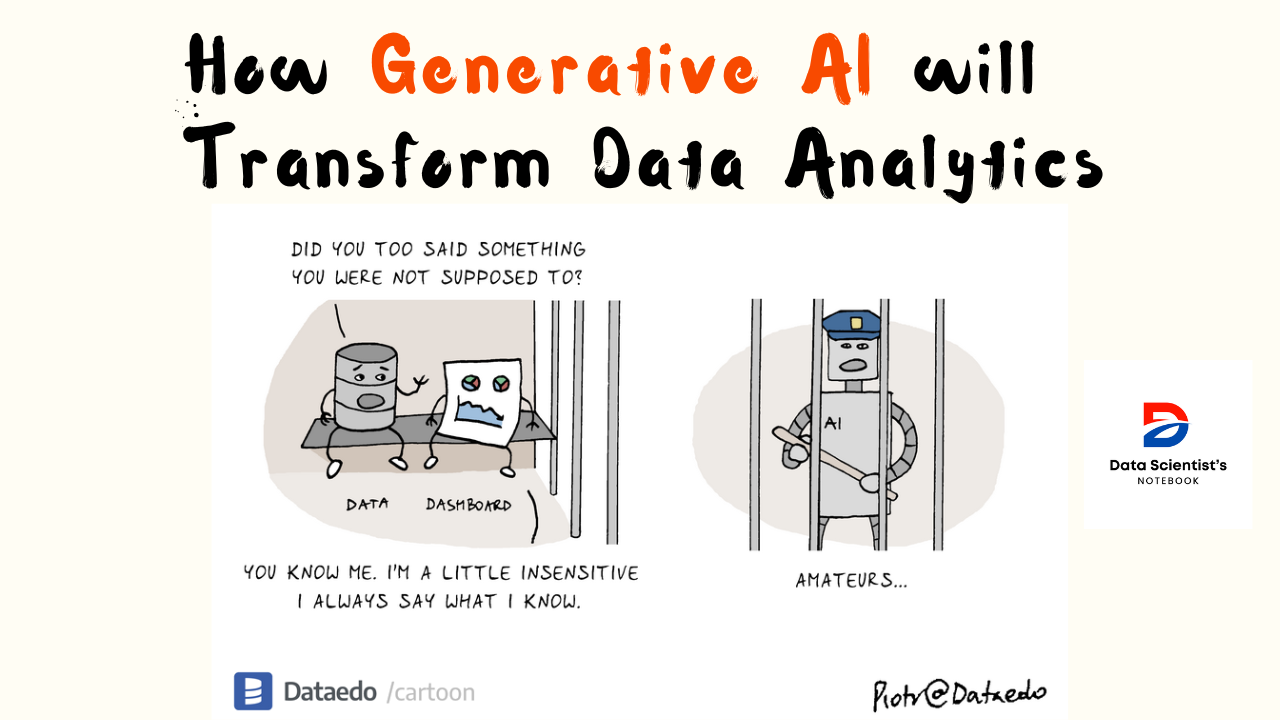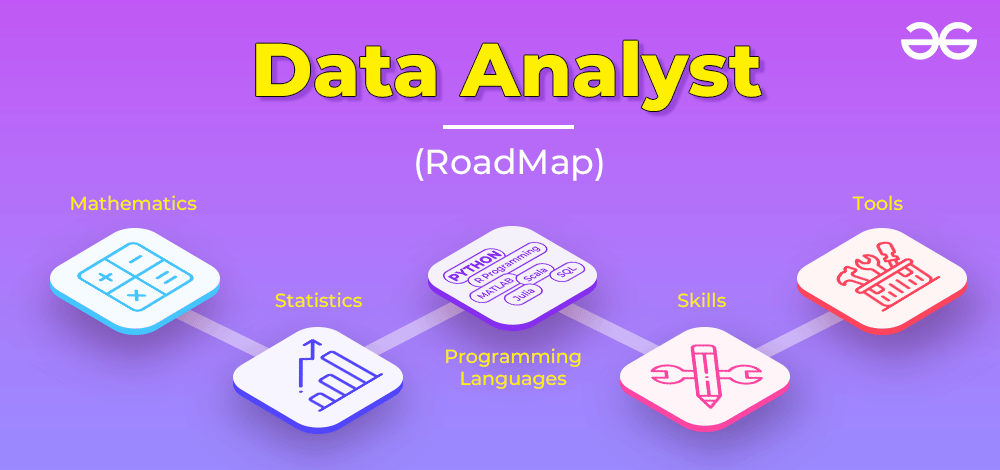"How do you say no to building a requirement?" as Product Manager
- Apr 06, 2025
- Product Management
- product management product manager
- 5mins
- 414 Views
Watch full youtuve video on How to say NO: https://www.youtube.com/watch?v=EcS1-taguXU&t=43s
Absolutely! That's a classic PM interview question—and a good one. They're trying to see if you can say no diplomatically while still being strategic, data-driven, and user-focused.
✅ Interview Question:
"How do you say no to building a requirement?"
🧠 What the interviewer is really looking for:
-
Can you prioritize effectively?
-
Can you say no without burning bridges?
-
Do you have a framework for decision-making?
-
Can you balance business, tech, and user needs?
🧩 Great Answer Structure:
-
Understand the "why" behind the request
-
Evaluate it against product goals, metrics, and roadmap
-
Say no with clear reasoning (data, timing, trade-offs)
-
Offer alternatives (MVP, later phase, workaround)
-
Keep stakeholders in the loop
🎯 Sample Answer (Example included):
“Saying no is part of the job—but how you say it matters.
If a stakeholder or customer requests a feature, my first step is to understand the problem they’re trying to solve, not just take the requirement at face value. I’ll ask: ‘What outcome are you hoping for?’ or ‘How often does this come up?’
Next, I’ll evaluate whether the request aligns with our product strategy, user needs, and current priorities. If it doesn’t move the needle on our core goals or has high technical complexity with low impact, I’ll explain that.
For example, in my last role, Sales asked for a complex reporting dashboard for a specific enterprise client. It would have taken 3+ sprints and distracted us from launching a feature aimed at improving user retention. I had to say no, but I framed it like this:
‘I see the value here for that client, but right now we’re focused on improving activation metrics. That’s a company OKR, and this dashboard won’t contribute directly to that. However, we could explore a lighter version using existing analytics tools or revisit this in Q3 when we’re focusing on enterprise features.’
They appreciated the clarity and timeline—and we didn’t lose the client.
So I don’t just say “no”—I say “not now” or “not like this” with context and empathy.”
🧰 Optional Bonus: Mention a Framework
You can say you use RICE, MoSCoW, or Opportunity Scoring to evaluate the request objectively. Example:
“I often use the RICE framework to score new requests based on Reach, Impact, Confidence, and Effort. This helps make the decision more data-informed rather than opinion-based.”
The RICE framework is a super practical, data-driven way for Product Managers to prioritize features or initiatives—especially when resources are tight and everyone's asking for "just one quick thing."
🧠 What is the RICE Framework?
RICE stands for:
| Letter | Meaning | Description |
|---|---|---|
| R | Reach | How many users will this impact within a specific time frame? |
| I | Impact | How much will this impact the user or business goal? |
| C | Confidence | How sure are you about your estimates? |
| E | Effort | How much time/effort will this take (usually in person-months or days)? |
🧮 RICE Score Formula
RICE Score = (Reach × Impact × Confidence) / Effort
The higher the score, the more value the initiative is likely to bring relative to the effort it takes.
📘 Quick Example (Product Manager at a SaaS company)
Let’s say you have 3 feature requests:
🅰 Feature A: Auto-reminder Emails
-
Reach: 1,000 users/month
-
Impact: 2 (medium)
-
Confidence: 90%
-
Effort: 1 week (0.25 person-month)
-
RICE Score = (1000 × 2 × 0.9) / 0.25 = 7200
🅱 Feature B: Export to Excel
-
Reach: 200 users/month
-
Impact: 1 (low)
-
Confidence: 100%
-
Effort: 0.1 month
-
RICE Score = (200 × 1 × 1.0) / 0.1 = 2000
🅲 Feature C: AI-based Recommendations
-
Reach: 3,000 users/month
-
Impact: 3 (high)
-
Confidence: 50%
-
Effort: 4 months
-
RICE Score = (3000 × 3 × 0.5) / 4 = 1125
✅ How RICE Helps PMs
-
Objective decision-making — it's not just about the loudest voice in the room.
-
Helps you defend why you're saying no (or yes).
-
Forces you to quantify assumptions and compare apples to apples.
-
Keeps teams aligned on what's valuable and feasible.
🧠 Bonus Tip
During an interview, you can say something like:
"I use RICE to evaluate competing features—especially when stakeholder priorities differ. It helps me make smart trade-offs and explain decisions clearly, even when I have to say no."





